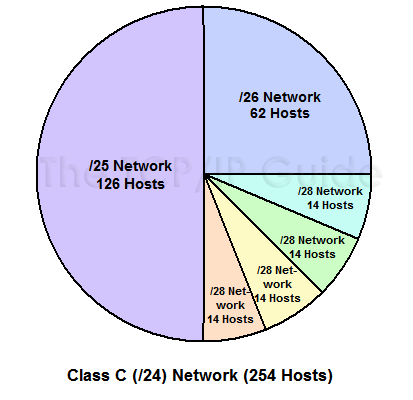 |
|
Please Whitelist This Site?
I know everyone hates ads. But please understand that I am providing premium content for free that takes hundreds of hours of time to research and write. I don't want to go to a pay-only model like some sites, but when more and more people block ads, I end up working for free. And I have a family to support, just like you. :)
If you like The TCP/IP Guide, please consider the download version. It's priced very economically and you can read all of it in a convenient format without ads.
If you want to use this site for free, I'd be grateful if you could add the site to the whitelist for Adblock. To do so, just open the Adblock menu and select "Disable on tcpipguide.com". Or go to the Tools menu and select "Adblock Plus Preferences...". Then click "Add Filter..." at the bottom, and add this string: "@@||tcpipguide.com^$document". Then just click OK.
Thanks for your understanding!
Sincerely, Charles Kozierok
Author and Publisher, The TCP/IP Guide
|
|
|

Custom Search
|
|
IP Variable Length Subnet Masking (VLSM)
(Page 2 of 3)
The Solution: Variable Length Subnet Masking
The solution to this situation is an enhancement to the basic subnet addressing scheme called Variable Length Subnet Masking (VLSM). VLSM seems complicated at first, but is easy to comprehend if you understand basic subnetting. The idea is that you subnet the network, and then subnet the subnets just the way you originally subnetted the network. In fact, you can do this multiple times, creating subnets of subnets of subnets, as many times as you need (subject to how many bits you have in the host ID of your address block). It is possible to choose to apply this multiple-level splitting to only some of the subnets, allowing you to selectively cut the "IP address pie" so that some of the slices are bigger than others. This means that our example company could create six subnets to match the needs of its networks, as shown in Figure 71.
|
|
|
| |||||||||||||||||||
Home - Table Of Contents - Contact Us
The TCP/IP Guide (http://www.TCPIPGuide.com)
Version 3.0 - Version Date: September 20, 2005
© Copyright 2001-2005 Charles M. Kozierok. All Rights Reserved.
Not responsible for any loss resulting from the use of this site.








 Key Concept: Variable Length Subnet Masking (VLSM) is a technique where subnetting is performed multiple times in iteration, to allow a network to be divided into a hierarchy of subnetworks that vary in size. This allows an organization to much better match the size of its subnets to the requirements of its networks.
Key Concept: Variable Length Subnet Masking (VLSM) is a technique where subnetting is performed multiple times in iteration, to allow a network to be divided into a hierarchy of subnetworks that vary in size. This allows an organization to much better match the size of its subnets to the requirements of its networks.